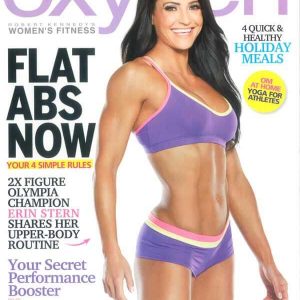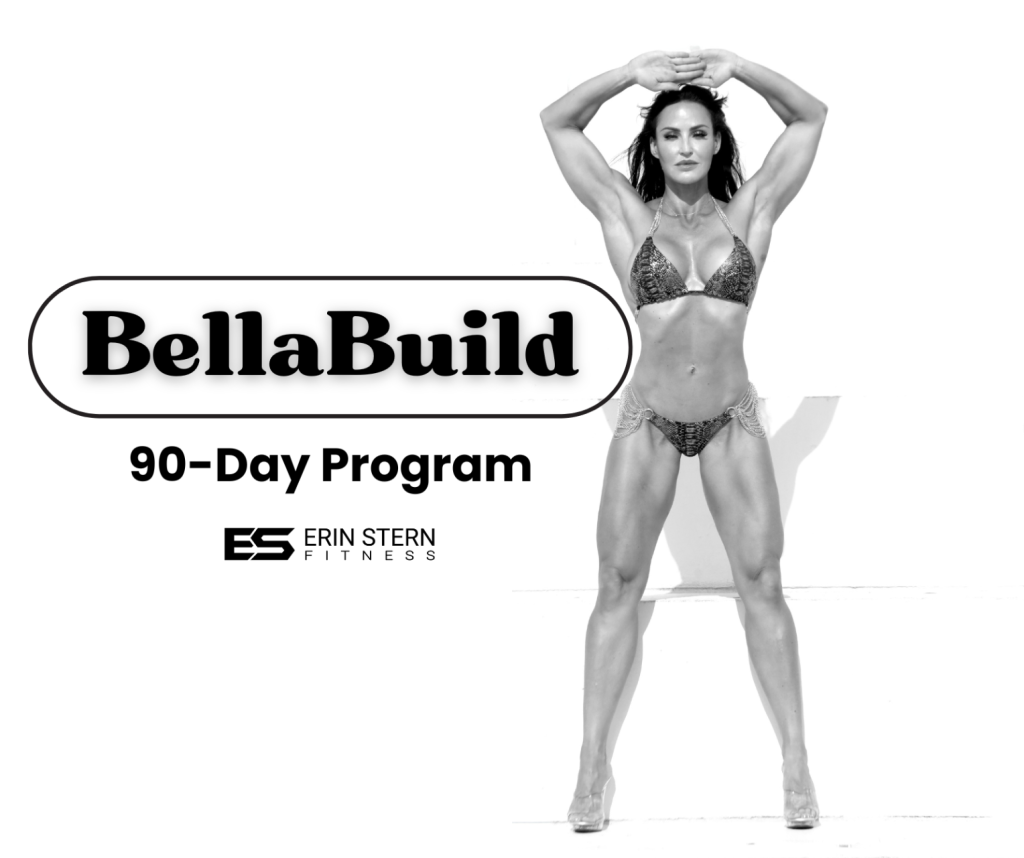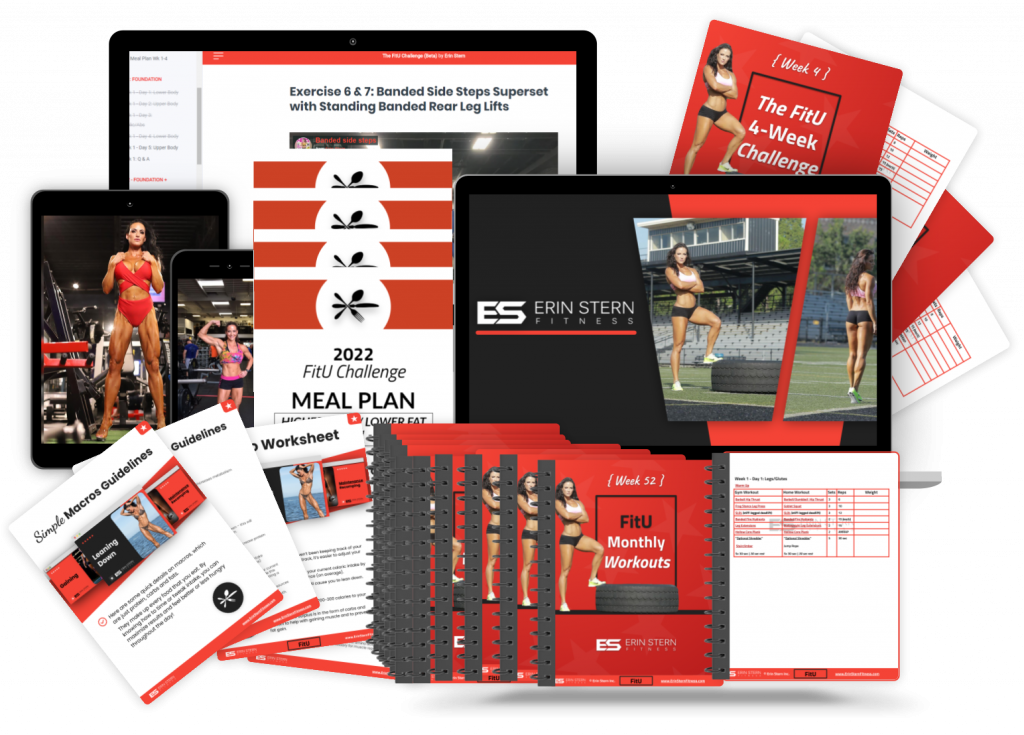A standard meal plan will come as a “one size fits most.” It’s rare to be able to enjoy a standard plan without having to make adjustments. But, in three easy steps, you can modify any meal plan to fit your goals and caloric needs. Meal planning tends to be a blend of science and art. The science dictates that we need a minimum amount of calories just to survive, and we also need macro and micronutrients to thrive. The art comes in when figuring out your specific metabolic rate – which could be faster or slower, depending on age, body type, genetics, activity level, and amount of muscle you carry. It’s a good idea to keep track of what you eat for the first few weeks of a new plan, as you can track your food with your progress. If you’re gaining mass in the wrong areas, the meal plan should be adjusted. Let’s take a look at the three steps and how to implement them.
Calculate BMR. The BMR, or basal metabolic rate, is the amount of calories you burn just by being alive. You’d burn this amount by sitting in bed all day. So, if your meal plan is at or below this number, adjust the calories up. Always. Here’s a quick calculator to determine BMR: https://www.active.com/fitness/calculators/bmr
A meal plan that’s at or below your BMR will offer you no energy or nourishment. The metabolism is an elastic thing, so the goal is to be able to eat more food and stay lean. It’s okay to have a low calorie day here and there, but persisting with a low calorie diet will cause your progress to stall. You may even gain weight, as the body is amazingly adaptive. A diet that’s chronically low in calories will cause the body to think it’s starving, and it will hold onto fat. To avoid this from happening, eat more!
Adjust calories on the meal plan accordingly. I suggest adding 500 calories to your BMR, right off the bat. If you’re active every day, you’ll burn 600-1000 calories just by moving around. If your goal is to maintain, you might be good at this amount or add slightly more. If your goal is to gain muscle and lose fat, you may add an additional 500 calories (BMR+1000), and add those calories to your pre- and post-workout meals. If your goal is to gain muscle, you may add 500-1000 calories on top of this amount!
In talking in terms of calories, I mean calories from whole foods. When training, the body needs a lot of protein for muscle growth and maintenance, carbs for fuel and recovery, and fats for fuel and hormone production. Progress pics, along with a food log or journal will help you figure out adjustments. Give each adjustment a week before tweaking it!
Fuel your body when you’re most active. Eat more when you’re most active, and eat less when you’re sedentary. Often, food restriction during the day can lead to overeating at night. While the overall caloric intake might be lower for the entire day, we’re fueling up our bodies just when it’s time to wind down and go to sleep. Metabolism tends to be slower at night, so a large meal may not be digested as well as if it was eaten earlier in the day. Focus on fueling your body both before and after training. Increasing calories during the day can help to prevent overeating at night. Eating should become somewhat intuitive, too. If you are hungry all the time, give yourself more food around the times you’re more active. Just be sure that you’re truly hungry and not thirsty or bored.
I try to get 30g of protein and carbs both before and after training. The pre-workout meal should be eaten 1-2 hours before the workout. This meal should contain complex carbs and lean protein. This will help fuel the workouts. Chicken and rice is a simple option. Post-workout carbs and protein should be a little easier and quicker to digest. The goal with this meal is to encourage recovery and to replete energy stores quickly. A shake with fruit and whey isolate is an easy option.




























